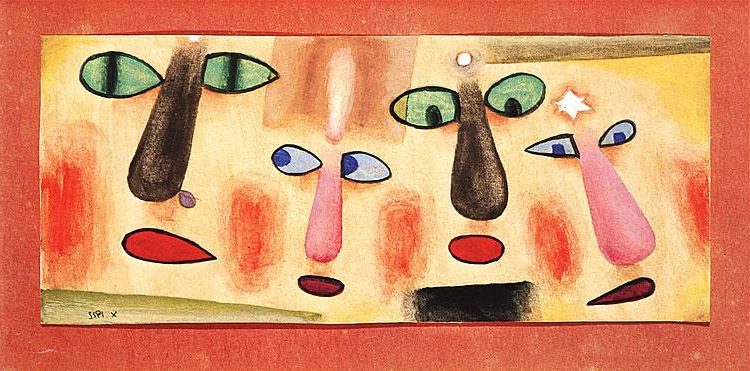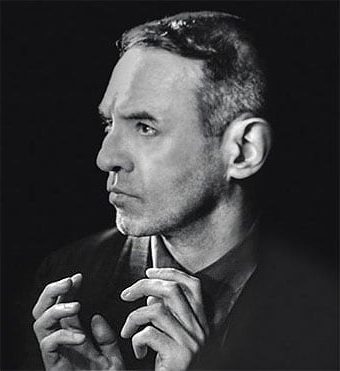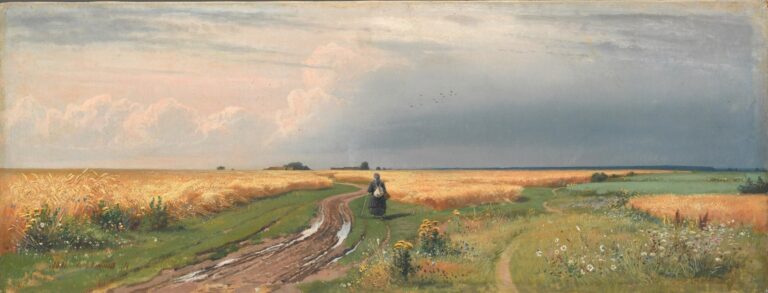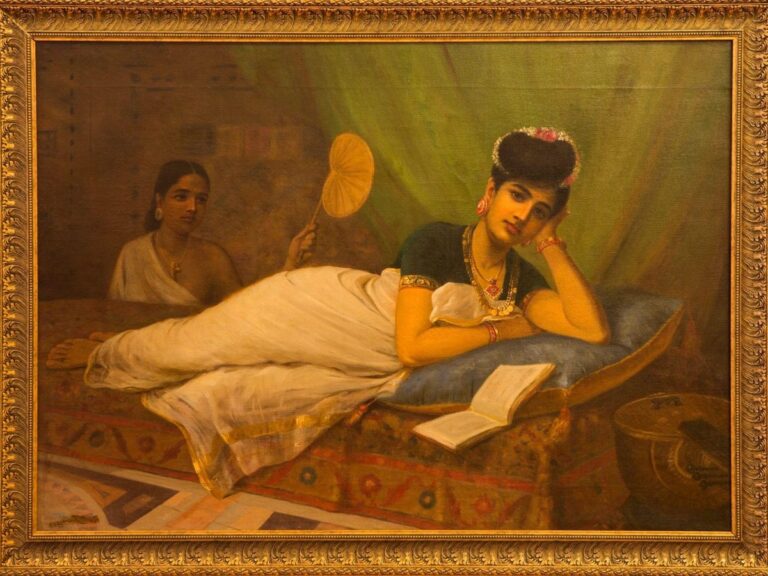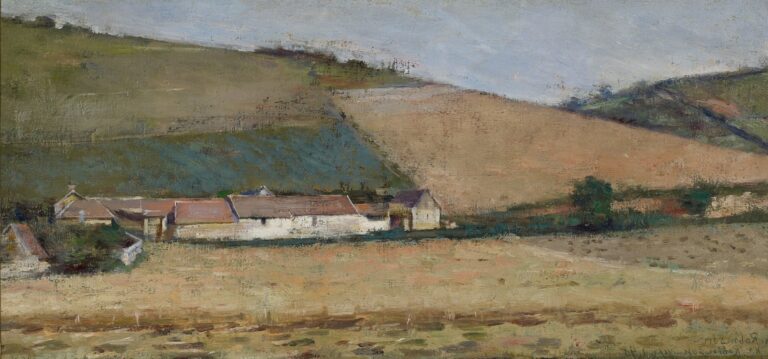Xul Solar Painter: Argentine Surrealist’s Unique Visual Language
Born: 14 December 1887, San Fernando, Argentina
Death: 9 April 1963, Tigre, Argentina
Art Movement: Surrealism
Nationality: Argentinean
Institution: University of Buenos Aires
Xul Solar Painter: Argentine Surrealist’s Unique Visual Language
Life and Legacy of Xul Solar
Xul Solar was an Argentine artist who left a lasting mark on Latin American art. He blended mysticism, spirituality, and avant-garde techniques in his work. His life and ideas shaped his unique artistic vision.
Early Years and Background
Oscar Agustín Alejandro Schulz Solari was born in 1887 near Buenos Aires. His father was of Baltic German origin from Imperial Russia. His mother was Italian.

Puerta del Este (1935) by Xul Solar
As a young man, Xul Solar studied architecture but did not finish his degree.
In 1912, he moved to Europe. He spent over a decade there, living in London, Turin, and other cities. This time shaped his artistic style. He began using the name “Xul Solar” during this period.
Xul Solar returned to Argentina in 1924. He brought back new ideas about art and spirituality.
Influence and Relationships
Xul Solar became friends with key figures in Argentine culture. He was close to writer Jorge Luis Borges. They shared interests in language and mysticism. Xul Solar also knew poet Leopoldo Marechal.
His art influenced many Latin American painters. He helped bring avant-garde ideas to Argentina. Xul Solar’s work mixed different styles and cultures. This approach inspired later artists.
He created his own languages, like “Neo-Criollo” and “Pan-Langue”. These showed his interest in communication and unity.
Philosophical and Spiritual Beliefs
Xul Solar was deeply interested in spirituality and the occult. He studied Theosophy, astrology, and various mystical traditions. The ideas of Aleister Crowley also influenced him.
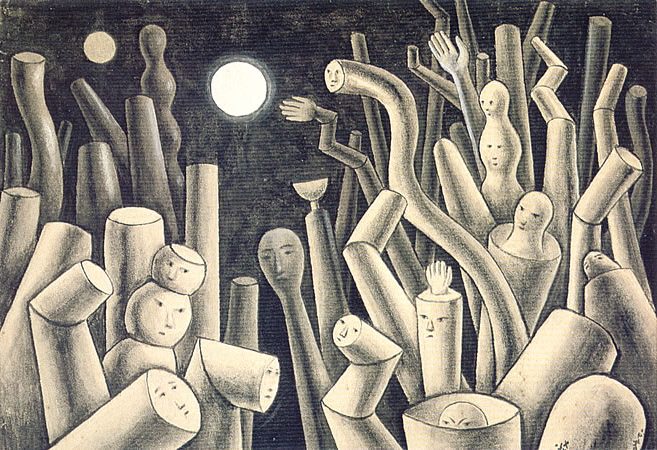
Casi Plantas (1948) by Xul Solar
His paintings often included symbols from different religions. He mixed Christian, Buddhist, and esoteric imagery. Xul Solar believed in the unity of all spiritual paths.
Astrology played a big role in his work. He created visual systems to represent astrological ideas. His art tried to show unseen spiritual forces.
Artistic Career and Contributions
Xul Solar made major impacts on Latin American art through his unique visual style and invented languages. He blended avant-garde techniques with mystical themes to create innovative works across multiple mediums.
Innovations in Visual Arts
Xul Solar experimented with watercolor, tempera, and oils to craft his distinctive artistic style. He mixed elements of Cubism, Surrealism, and German Expressionism in his paintings.
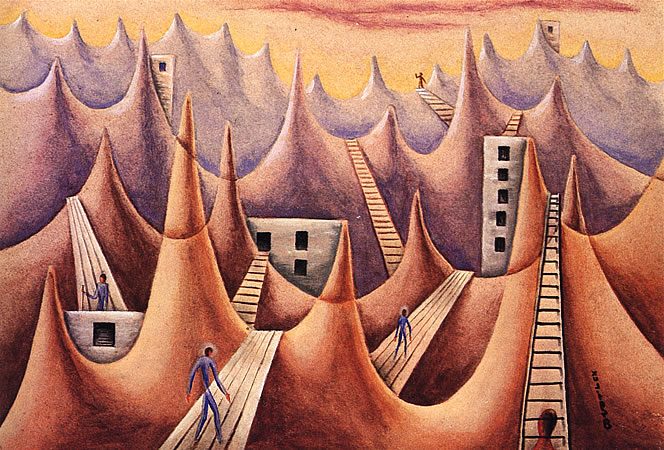
Barreras Melódicas (1948) by Xul Solar
Solar often used bright colors and geometric shapes to depict mystical scenes and symbols.
His artwork featured imaginary cities, strange creatures, and cosmic themes. Solar painted on unconventional surfaces like pieces of wood or cardboard. He also created small-scale sculptures and modified musical instruments as art objects.
Solar’s visual style sat between artists like Wassily Kandinsky, Paul Klee, and Marc Chagall. He blended abstraction with figurative elements in unique ways.
The Development of Panajedrez and Panlengua
Solar invented two concepts that merged art, language, and games. Panajedrez was a modified chess game with new pieces and rules. It included mystical and astrological symbols.
Panlengua was an artificial language Solar created. It aimed to improve communication between different cultures. The language used simplified grammar and a blend of words from various languages.
These inventions showed Solar’s interest in connecting art with other fields. He wanted to create new systems for expression and interaction.
Influence on Latin American Art
Solar played a key role in Argentina’s avant-garde art scene. He organized exhibitions and supported other artists. Solar was part of the Florida group, which promoted modern art trends.

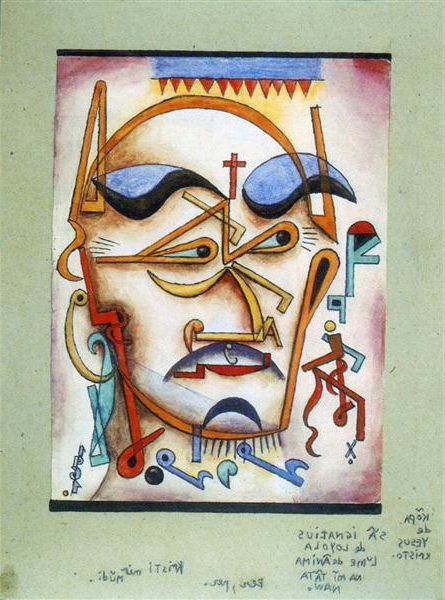
His unique style inspired many Latin American artists. Solar helped bring European avant-garde ideas to Argentina. But he mixed these with local themes and mystical concepts.
Solar’s work bridged gaps between different art movements. He connected traditional Latin American art with modern global trends. This fusion approach influenced later generations of artists in the region.
Comparative Analysis and Legacy
Xul Solar’s unique artistic vision left an indelible mark on Argentine modernism. His work drew inspiration from diverse sources while influencing later generations of artists and thinkers.
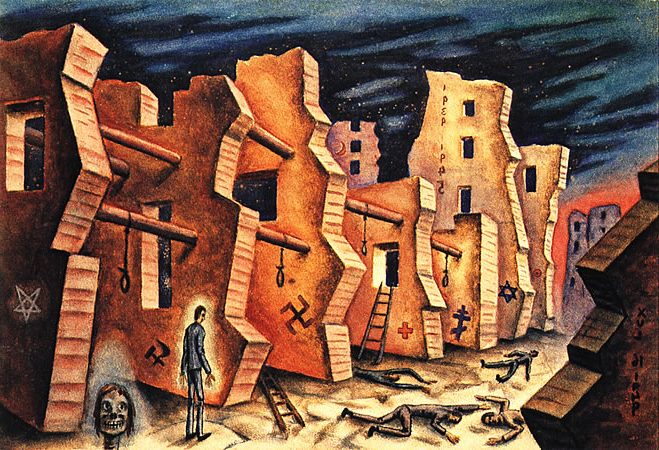
Rua Ruini (1949) by Xul Solar
Xul Solar and His Contemporaries
Xul Solar’s art shared some similarities with European modernists like Paul Klee and Wassily Kandinsky. They all used vibrant colors, geometric shapes, and spiritual themes. But Solar developed his own distinct style rooted in Latin American culture and mysticism.
Solar was part of the Florida Group and Martín Fierro Group in Buenos Aires. These avant-garde circles included writers and artists like Jorge Luis Borges. Solar’s friend Emilio Pettoruti was another key Argentine modernist painter of the era.
Unlike Marc Chagall’s dreamlike scenes, Solar’s work had a more structured, symbolic quality. He blended occult ideas with futuristic visions in a way that set him apart from his peers.
Museum and Posthumous Recognition
The Museo Xul Solar in Buenos Aires preserves the artist’s legacy. It displays his paintings, invented languages, and eclectic personal belongings. The museum helps new audiences discover Solar’s ahead-of-its-time work.
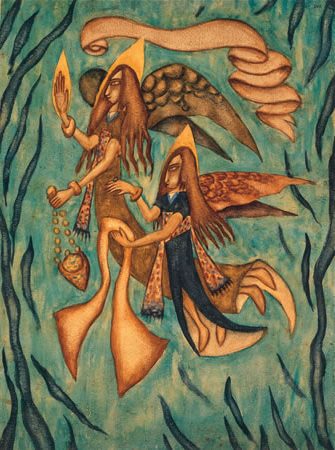
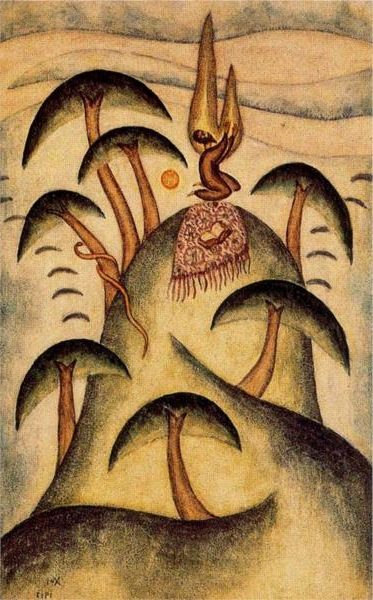
Major institutions like the Musée National d’Art Moderne in Paris have featured Solar’s art. A 2016 show in Montevideo highlighted his connections to Uruguayan culture. These exhibitions have raised Solar’s global profile in recent decades.
Solar’s invented languages and mystical paintings continue to intrigue scholars. His visionary ideas about art, spirituality, and Latin American identity remain relevant today.
Frequently Asked Questions
Xul Solar’s life and art were shaped by family, relationships, and key locations. His work is represented in major museums today. Let’s explore some common questions about this unique Argentine artist.
What influences did family have on Xul Solar’s work?
Xul Solar’s parents encouraged his artistic pursuits from a young age. His father, a civil engineer, sparked his interest in mathematics and architecture. His mother, a musician, inspired his love of music and mysticism.
What were the milestone events in Xul Solar’s marriage?
Xul Solar married Lita Cadenas in 1946. They had a shared interest in art and spirituality. The couple lived together in Buenos Aires, where Xul created many of his most famous works.
How did parenthood impact Xul Solar’s artistic career?
Xul Solar and Lita did not have children. This allowed him to focus fully on his art and spiritual pursuits. He spent much of his time creating paintings, inventing languages, and studying astrology.
What are the details surrounding Xul Solar’s passing?
Xul Solar died on April 9, 1963, in Tigre, Argentina. He was 75 years old. The cause of his death is not widely reported. His legacy as an innovative artist continues to this day.
How is Xul Solar represented in major art institutions like MoMA?
The Museum of Modern Art in New York holds several of Xul Solar’s works. Other major museums, like the Museo Xul Solar in Buenos Aires, showcase his paintings and inventions. His art has been featured in exhibitions worldwide.
Which locations played a significant role in Xul Solar’s life and work?
Buenos Aires was central to Xul Solar’s life and career. He also spent time in Europe, where he was exposed to avant-garde art movements.
The La Boca neighborhood in Buenos Aires influenced his colorful style and interest in local culture.

